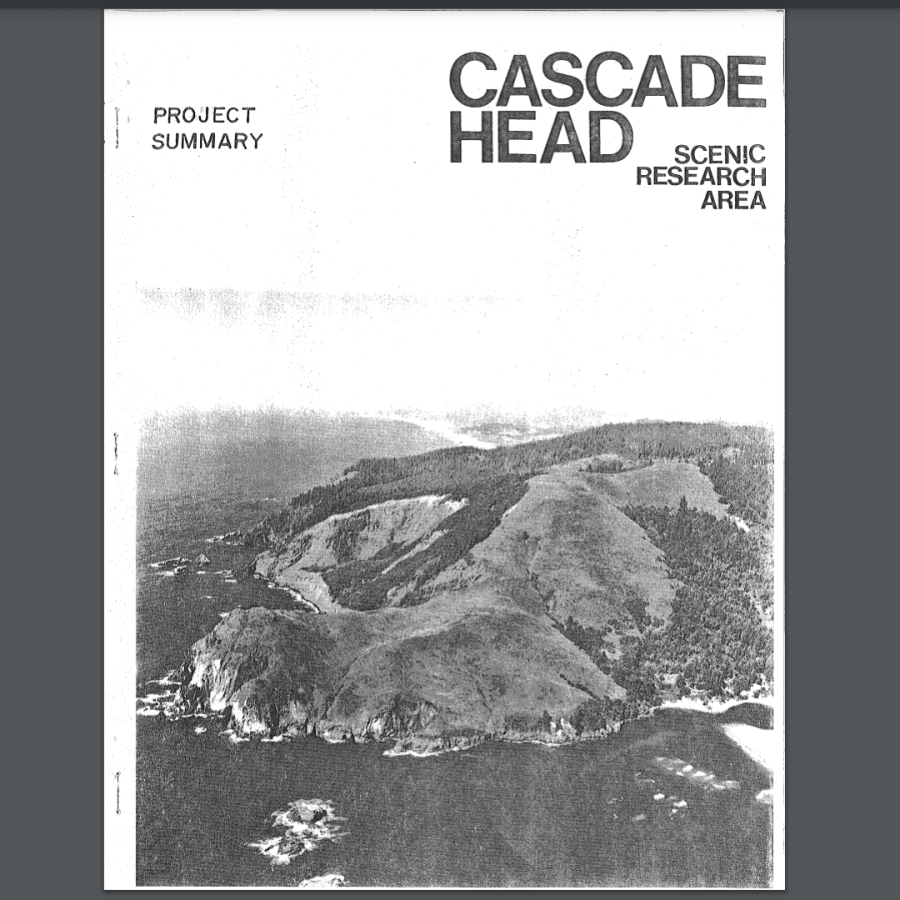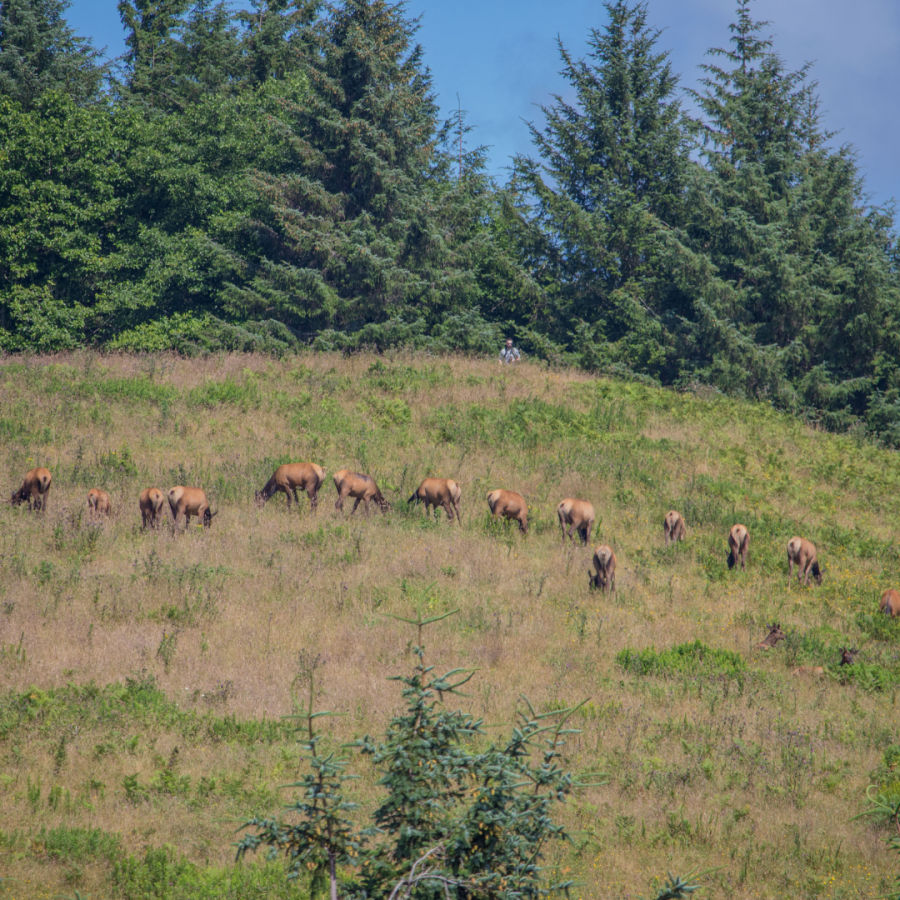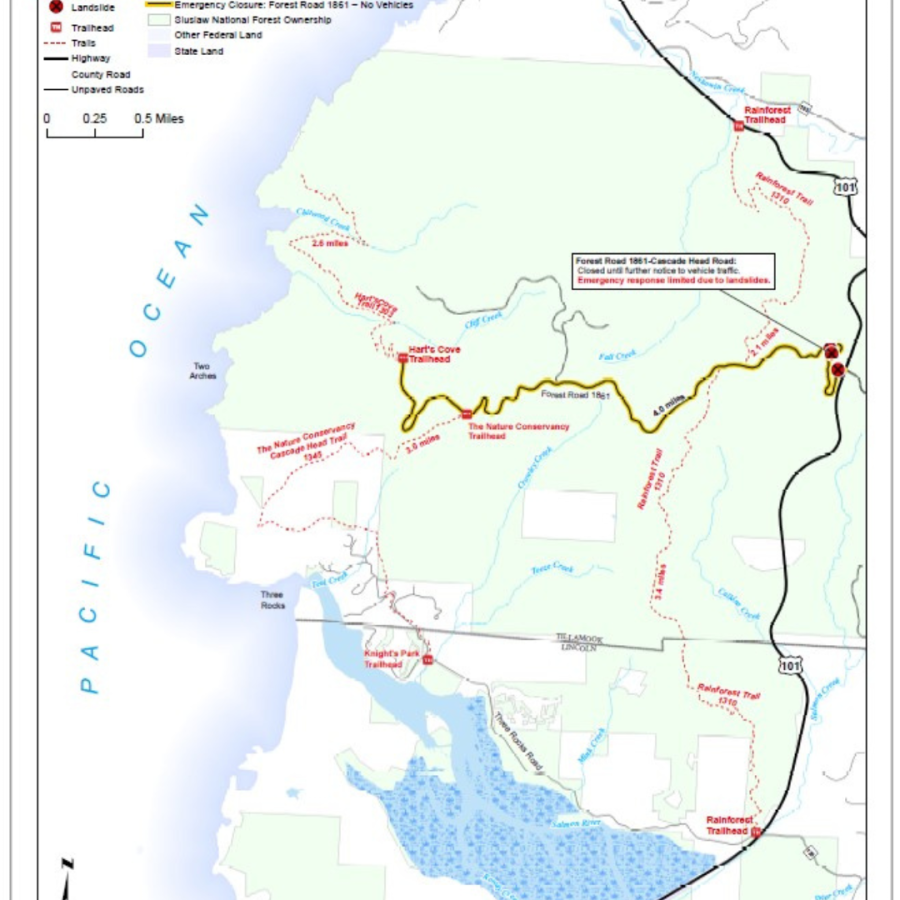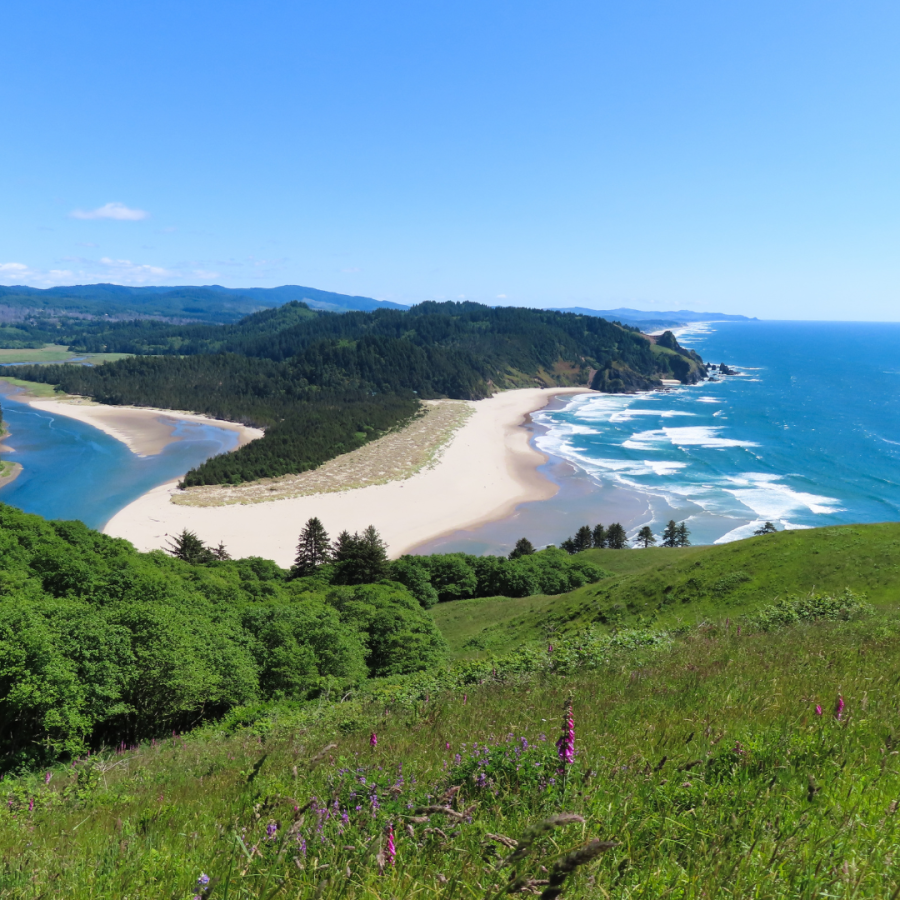History
In 1974, President Gerald R. Ford established the Cascade Head Scenic Research Area (CHSRA). This act created the first Scenic Research Area in the United States to protect unique habitats and promote sustainable access to the land.

“to provide present and future generations with the use and enjoyment of certain ocean headlands, rivers, streams, estuaries, and forested areas, to insure the protection and encourage the study of significant areas for research and scientific purposes, and to promote a more sensitive relationship between man and his adjacent environment.” -16 US Code 541
CHSRA brought together a collection of counties, forest service districts, non-profits, and private landowners. It united them to protect the incredible area on and around Cascade Head. In addition, CHSRA was the first non-wilderness area to be explicitly protected by an act of Congress. It was also the foundation for future scenic research areas, including the Columbia Gorge.
CHSRA and the Cascade Head Experimental Forest were later recognized for further protection by the United Nations as a protected biosphere reserve.
Click here to learn more about the CHSRA
Present
Westwind lies entirely within CHSRA. This means that we consult with the US Forest Service via the Hebo Ranger District on all our land management decisions. The unique nature of CHSRA unites many parties with different interests under a common goal.



Fifty years later, after the passage of CHRSA, Westwind remains fully committed to the continued protection and conservation of the areas surrounding Cascade Head. We currently work with the Insitute of Applied Ecology to restore vital Oregon Silverspot Butterfly habitat on the Westwind property, and we consult with the Oregon Watershed Enhancement Board to ensure that Westwind maintains the highest level of environmental stewardship.
You can be part of this historic act by supporting Westwind conservation. Click the link below to donate and help us protect these incredible shores and wild forests for generations to come.
